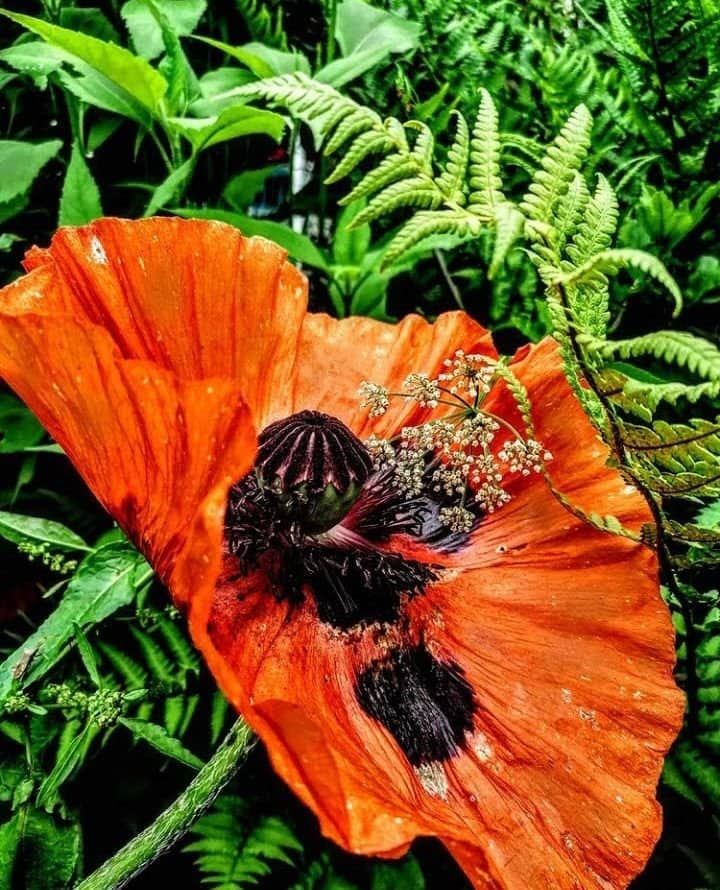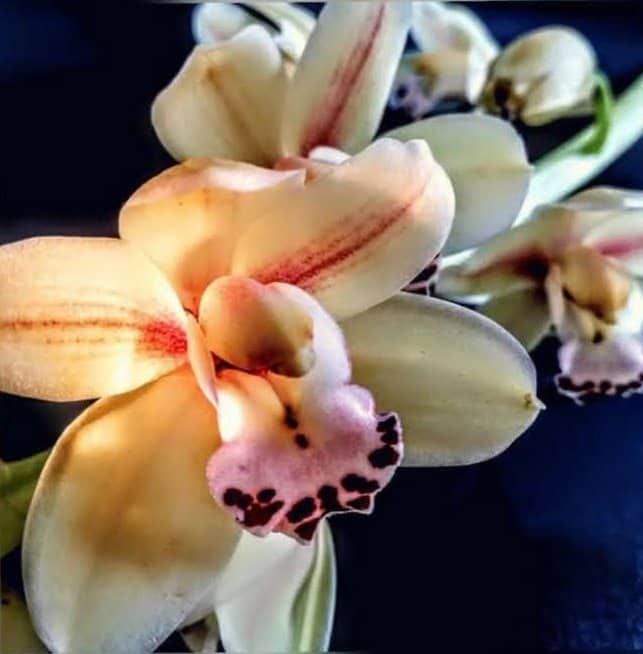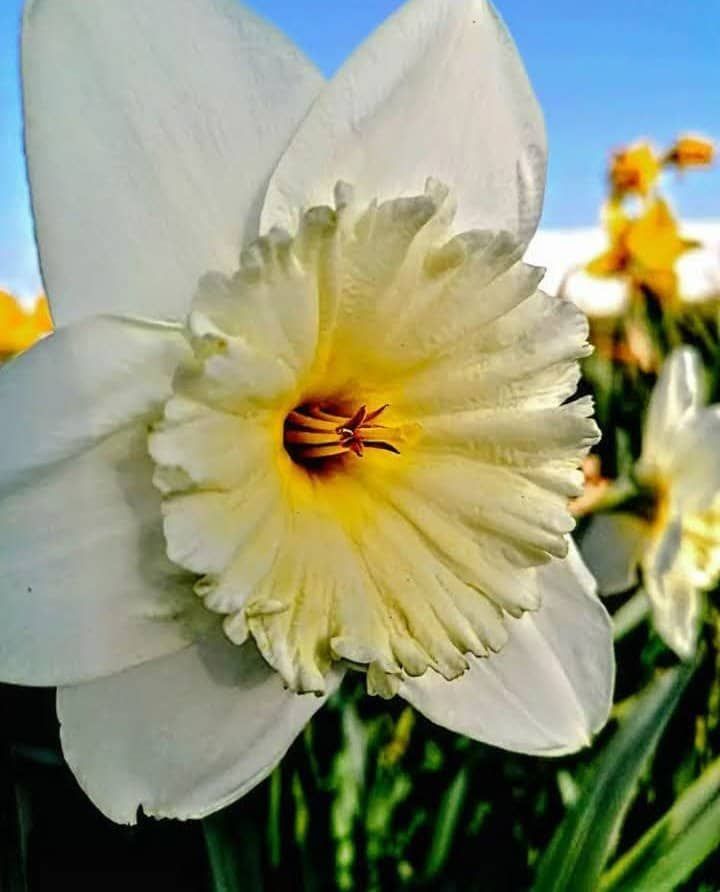
Die beliebtesten Frühlingsblumen sind neben Tulpen Narzissen (Narcissus). Hier erfahren Sie, wie Sie Narzissenzwiebeln richtig pflanzen und was Sie tun müssen, damit die Blumenzwiebeln jedes Jahr wiederkommen. Die gelb-weißen Narzissenblüten machen ihm jetzt gute Laune. Sie können einzeln als Solisten oder zusätzlich zu Zweigen und anderen Frühlingsblumen hergestellt werden.
The most popular spring flowers, along with tulips, are daffodils (Narcissus). Here you can learn how to properly plant daffodil bulbs and what to do so that the bulbs come back every year. The yellow-white daffodil flowers now put him in a good mood. They can be made individually as soloists or in addition to branches and other spring flowers.

Narzisse (Narcissus) nach Botanikern der Familie der Amaryllisgewächse (Amaryllidaceae). Die Sorte umfasst 30-40 Arten, aber die Züchtung, die in Europa im 18. Jahrhundert begann, hat viele Sorten hervorgebracht, so dass es fast 24.000 Sorten (Hybriden) gibt. Sie werden nach ihrer ursprünglichen Art in elf Gruppen eingeteilt. Man unterscheidet Trompeten-Narzissen, Tazetten-Narzissen und Alpenveilchen. Die natürliche Ordnung der Wildarten findet sich in Südwesteuropa und Nordwestafrika, mit besonderem Augenmerk auf die Verbreitung auf der Iberischen Halbinsel. Nur wenige Arten wurden ursprünglich im Küstenbereich des östlichen Mittelmeeres gefunden
Daffodil (Narcissus) according to botanists of the Amaryllis family (Amaryllidaceae). The variety includes 30-40 species, but breeding, which began in Europe in the 18th century, has produced many varieties, so there are almost 24,000 varieties (hybrids). They are divided into eleven groups according to their original species. A distinction is made between trumpet daffodils, tazette daffodils and cyclamen. The natural order of wild species is found in southwestern Europe and northwestern Africa, with special attention to the distribution in the Iberian Peninsula. Only a few species were originally found in the coastal area of the eastern Mediterranean Sea

Während die meisten Arten ein sehr kleines Verbreitungsgebiet haben, ist das Verbreitungsgebiet der wilden Narzisse (Narcissus pseudonarcissus) in ganz Westeuropa weit verbreitet. Seine natürliche Lage besteht aus lichten Wäldern, Wiesen und felsigen Berghängen. In Deutschland ist es im Nationalpark Eifel und anderswo zu finden. Die französische Stadt Gérardmer in den Vogesen ist auch für ihre Narzissenwiesen bekannt.
While most species have a very small range, the range of the wild daffodil (Narcissus pseudonarcissus) is widespread throughout Western Europe. Its natural habitat consists of sparse forests, meadows and rocky mountain slopes. In Germany it can be found in the Eifel National Park and elsewhere. The French town of Gérardmer in the Vosges Mountains is also known for its daffodil meadows.

Narzissen sind mehrjährige aromatische Pflanzen mit Zwiebeln als ständigem Organ. Zwiebeln entwickeln im Allgemeinen drei bis vier lineare oder gebänderte Grundblätter. Wenn es ausgewachsen ist, schwimmt es normalerweise vom Blütenstiel weg. Die Wuchshöhe liegt zwischen fünf und 60 Zentimetern. Blattlose Blütenstände umfassen je nach Art und Sorte eine bis 20 Blüten.
Daffodils are aromatic perennial plants with bulbs as a permanent organ. Bulbs generally develop three to four linear or banded basal leaves. When fully grown, it usually floats away from the flower stalk. Growth height ranges from five to 60 centimeters. Leafless inflorescences include one to 20 flowers, depending on the species and cultivar.

Jeder von ihnen ist durch eine trockene Klinge geschützt. Eine einzelne zwittrige Blüte besteht aus zwei verschiedenen Teilen, einer Hauptkrone mit sechs einzelnen Blütenblättern und einer sekundären Krone, die becher-, kelch- oder röhrenförmig sein und in der Länge variieren kann. Die Farbe der Blüte variiert von weiß über gelb bis orange.
Each of them is protected by a dry blade. A single hermaphrodite flower consists of two distinct parts, a main corolla with six individual petals and a secondary corolla that can be cup, cup or tube shaped and can vary in length. The color of the flower varies from white to yellow to orange.





Congratulations, your post has been upvoted by @oscarps, from the @phototalent curation account
Congratulations, your post has been upvoted by @oscarps, from the @repostmydaily curation account